David & Barbara
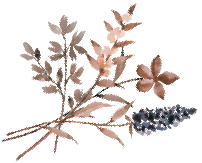
Things To Do
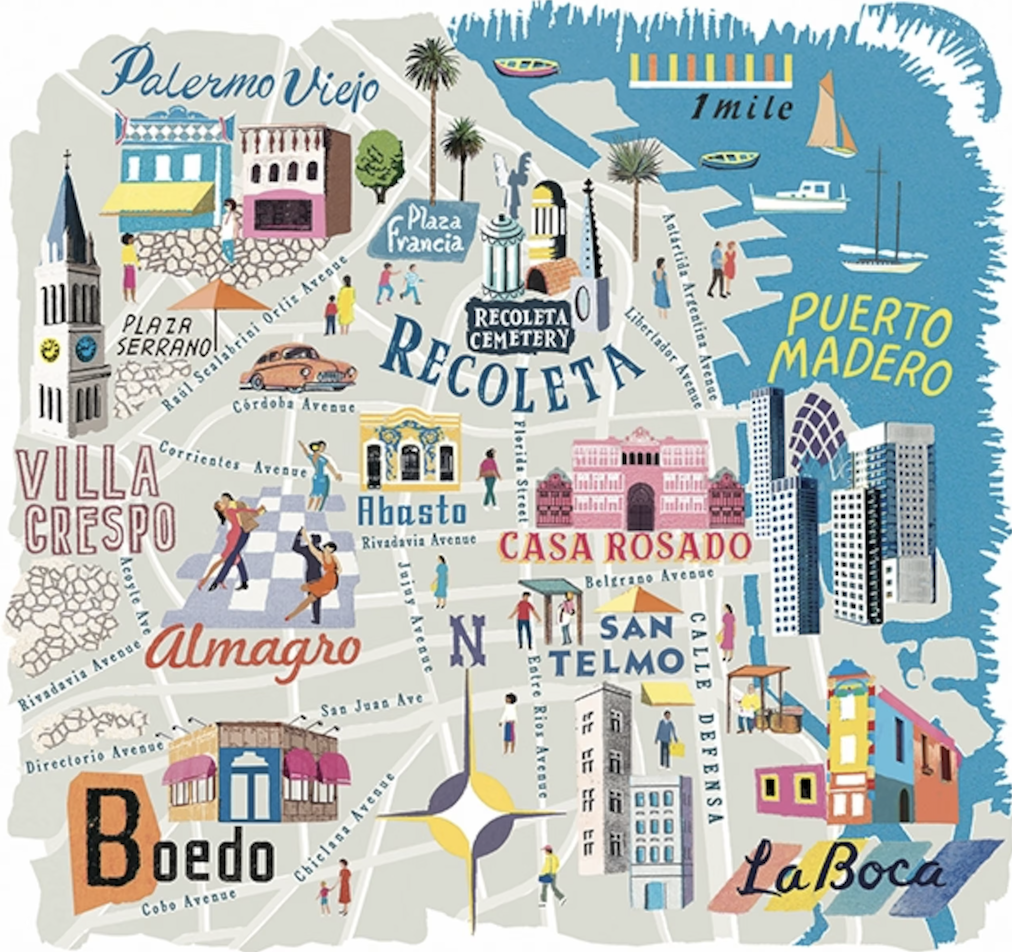
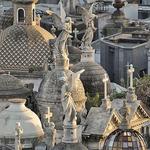
Recoleta Cemetery
Recoleta Cemetery, the resting place of Eva Perón and many other important historical figures in Argentina. This place is often recognized as one of the world’s most impressive and notable cemeteries.
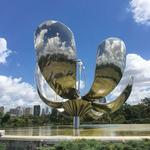
Floralis Generica
Floralis Genérica, a sculpture by Eduardo Catalano, is located in Plaza de las Naciones Unidas in Buenos Aires and represents hope reborn.
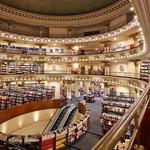
El Ateneo Grand Splendid
El Ateneo Grand Splendid: This bookstore, housed in a former theater, has landed on many a list of the most beautiful bookstores in the world.
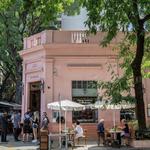
Palermo Soho
Palermo is a massive barrio. Its many different pockets all have their own character and flavor, and I find them all quite charming and beautiful in different ways. The neighborhood as a whole is leafy, walkable, a nice, easy introduction to the city. Palermo is also home to many of the best cafés, restaurants, and nightlife venues in Buenos Aires – you definitely won’t get bored (or go hungry).
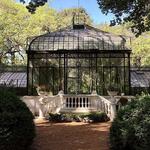
Jardín Botánico Carlos Thays
The jardín botánico is a place to walk, relax and discover a range of plants and trees native to Argentina, and other regions. Occupying seven hectares, the garden has a collection of some 6,000 tree and plant species, a botanical library, Roman, French and oriental gardens, a herbarium, and five greenhouses, including an art nouveau structure that won an award at the Paris Universal Exposition in 1900. Best of all it's FREE to the public! :)
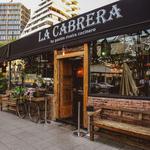
La Cabrera
La Cabrera has been a staple in Palermo neighbourhood for over two decades. When you imagine a dining experience in the Argentinian capital, odds are it looks a lot like this one: mountains of top-quality meat and red wine enjoyed either in a moody dining room that's all stripped-wood floors and exposed brick or out on a balmy terrace. The menu is overseen by chef Gastón Riviera, marrying his native country's devotion to beef and searing hot grills with a CV anchored in European fine dining. It goes without saying that you'll want to get stuck into some of the sharing cuts of steak but you won't want to miss dishes made with less prestigious parts of the animal, like a melt-in-the-mouth morcilla on toast.
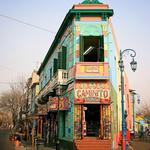
La Boca
La Boca- Caminito. With its colorful, haphazard buildings made from scrap metal, this is the most famous street in La Boca – and probably in Buenos Aires. (Scrolling through social media, you might think the entire city looks like this, but it’s actually just these few blocks.) It’s admittedly a bit (maybe more than a bit) of a tourist trap, but it’s still worth an hour or two your morning. In addition to the photogenic facades, tango dancers, and souvenir stalls galore, this working class neighborhood has great street art, one of the world’s most famous football stadiums, and a lot of history.
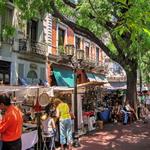
San Telmo
As the oldest neighborhood in the city and in many ways one of the most charming, San Telmo is a must for any Buenos Aires itinerary. If you can, I recommend visiting on a Sunday so you can wander through the famous Feria de San Telmo. The fair originally centered around Plaza Dorrego, where you’ll find stalls selling all kinds of antiques. Whether you come on a Sunday or not, San Telmo has a lot of charming cobblestone streets to explore. There is a lot of great street art and beautiful (in a crumbling sort of way) architecture. You’ll also find nice cafés, bars, an indoor market, and some of the best restaurants in Buenos Aires.
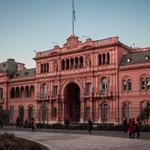
Plaza de Mayo
First, head to the Plaza de Mayo. This is arguably the most important square in the country. It is home to the Casa Rosada, the seat of Argentina’s national government and the location of its presidential offices. Some of Argentina’s most important historical events have taken place here, and it has long been a site of mass demonstrations and protests.
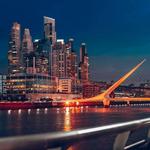
Puerto Madero
Puerto Madero, a waterfront area in the central business district, is a good choice if you want something high-end. If you come here, take a short walk along the docks to admire the Puente de la mujer, probably the most famous monument in Buenos Aires after the Obelisco.
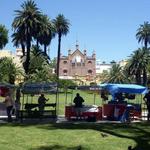
FERIA PLAZA FRANCIA
La Feria de Artesanos in the Plaza Francia, actually located in the Plaza Intendente Torcuato de Alvear, began in 1970 when a group of hippies started selling their products in front of what is now the Centro Cultural Recoleta. The fair sells only original work, usually produced by the stallholders themselves, including items made from ceramics, leather, wood, metal and wool. The fair is located close to Recoleta Cemetery, Buenos Aires Design and the Museo de Bellas Artes. It's held on Saturdays, Sundays and public holidays, 11.00am - 8.00pm.